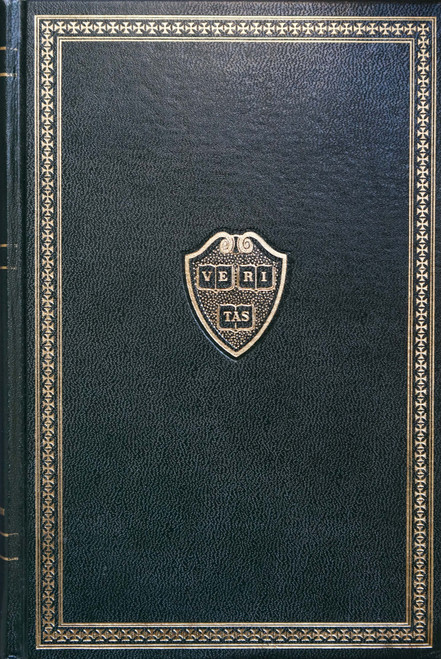"The Christmas Books" are a collection of five short novels written by Charles Dickens between 1843 and 1848 for Christmas. Divided into two volumes, this volume contains three novels, "The Cricket on the Hearth" (1845), "The Battle of Life" (1846) and "The Haunted Man" (1847). This edition is introduced by Peter Ackroyd with 44 illustrations by Daniel Maclise, Richard Doyle, Clarkson Stanfield, John Leech, Sir Edwin Landseer, Sir John Tenniel and Frank Stone.
Editorial Reviews
"If there is one constant and pervasive presence in The Cricket on the Hearth it is really that of Dickens himself; he is like the father of the blind daughter, the loving father who spreads fancies around us to beguile us and keep us from pain." --Peter Ackroyd
"The title of The Battle of Life was immediately recognizable to those who read it, yet what does Dickens do with the narrative itself? He reverses the significance of the title. He turns it into a moral fable of cheerfulness, goodness and self-abnegation...He turns mid-nineteenth-century values on their head." --Peter Ackroyd
"The Haunted Man and the Ghost's Bargain is concerned with the power of memory, with family life which is destroyed and replaced only by the wretched anxieties of a distinguished but solitary man...A strange and powerful book." --Peter Ackroyd
About the Author
Charles Dickens was born in a little house in Landport, Portsea, England, on February 7, 1812. The second of eight children, he grew up in a family frequently beset by financial insecurity. At age eleven, Dickens was taken out of school and sent to work in London backing warehouse, where his job was to paste labels on bottles for six shillings a week. His father John Dickens, was a warmhearted but improvident man. When he was condemned the Marshela Prison for unpaid debts, he unwisely agreed that Charles should stay in lodgings and continue working while the rest of the family joined him in jail. This three-month separation caused Charles much pain; his experiences as a child alone in a huge city–cold, isolated with barely enough to eat–haunted him for the rest of his life.
When the family fortunes improved, Charles went back to school, after which he became an office boy, a freelance reporter and finally an author. With Pickwick Papers (1836-7) he achieved immediate fame; in a few years he was easily the post popular and respected writer of his time. It has been estimated that one out of every ten persons in Victorian England was a Dickens reader. Oliver Twist (1837), Nicholas Nickleby (1838-9) and The Old Curiosity Shop (1840-41) were huge successes. Martin Chuzzlewit (1843-4) was less so, but Dickens followed it with his unforgettable, A Christmas Carol (1843), Bleak House (1852-3), Hard Times (1854) and Little Dorrit (1855-7)reveal his deepening concern for the injustices of British Society. A Tale of Two Cities (1859), Great Expectations(1860-1) and Our Mutual Friend (1864-5) complete his major works.
Dickens’s marriage to Catherine Hoggarth produced ten children but ended in separation in 1858. In that year he began a series of exhausting public readings; his health gradually declined. After putting in a full day’s work at his home at Gads Hill, Kent on June 8, 1870, Dickens suffered a stroke, and he died the following day.








